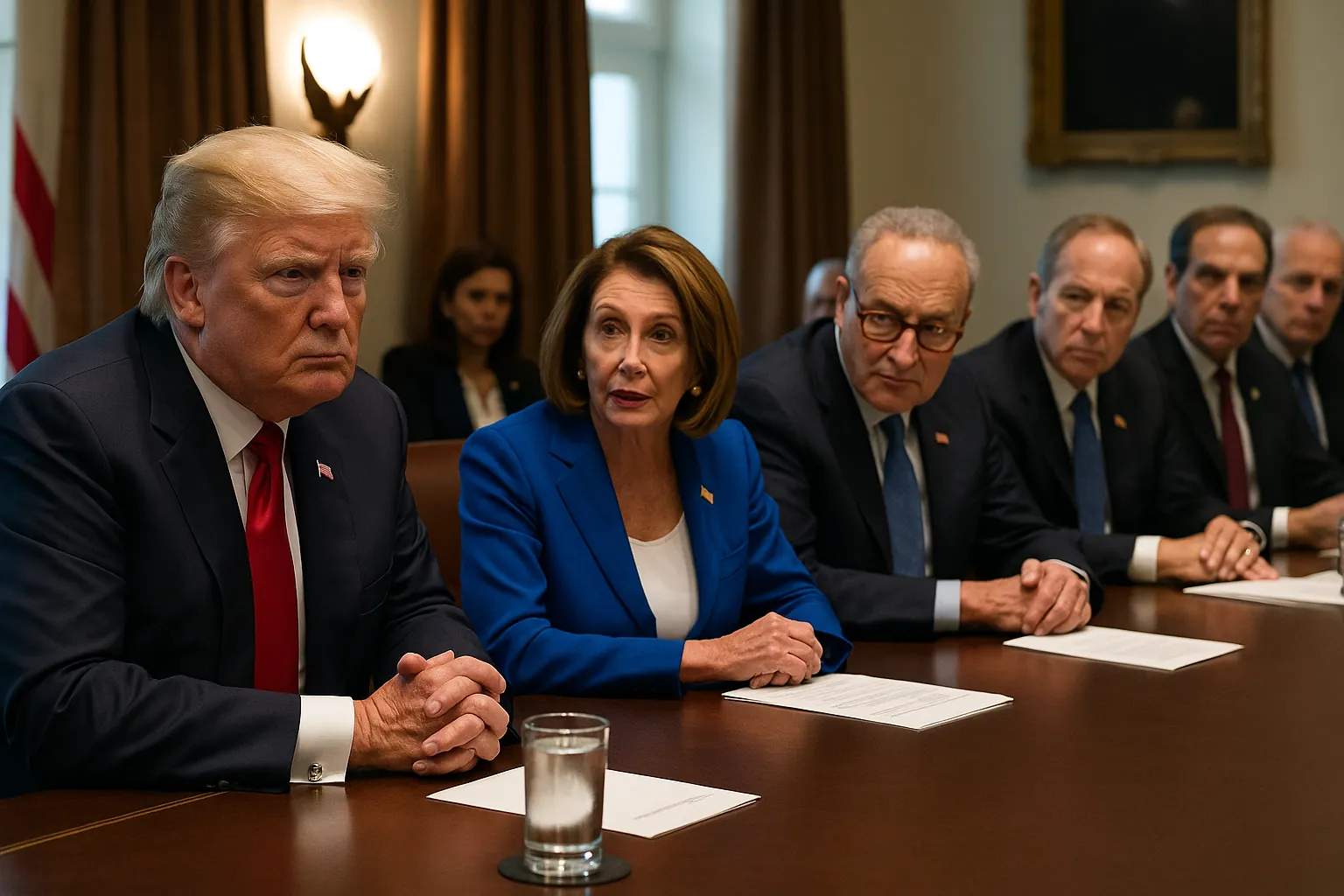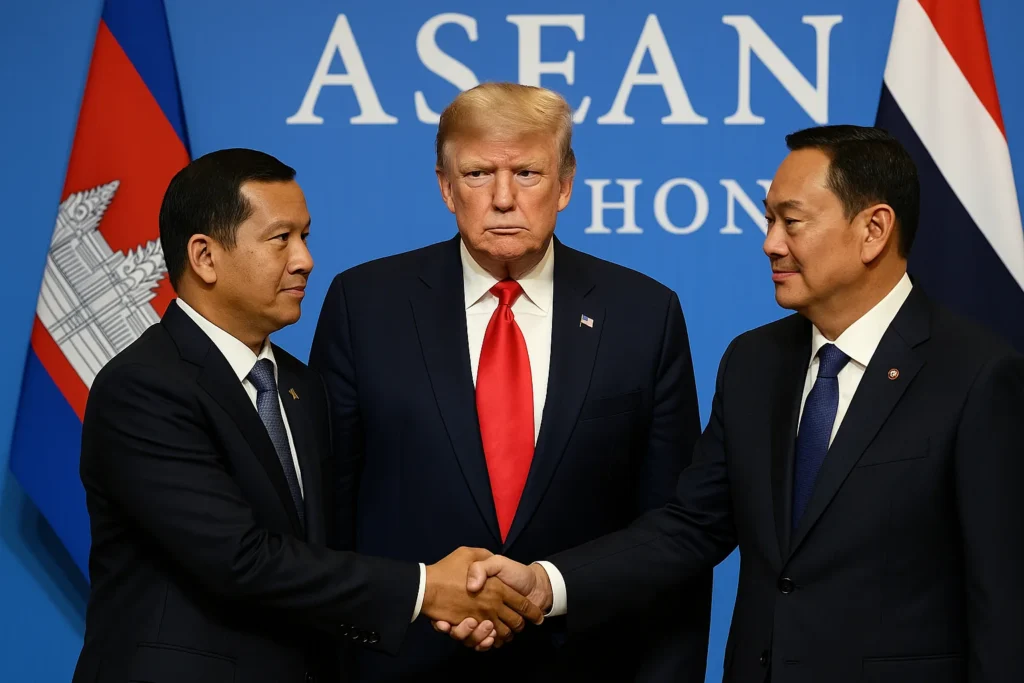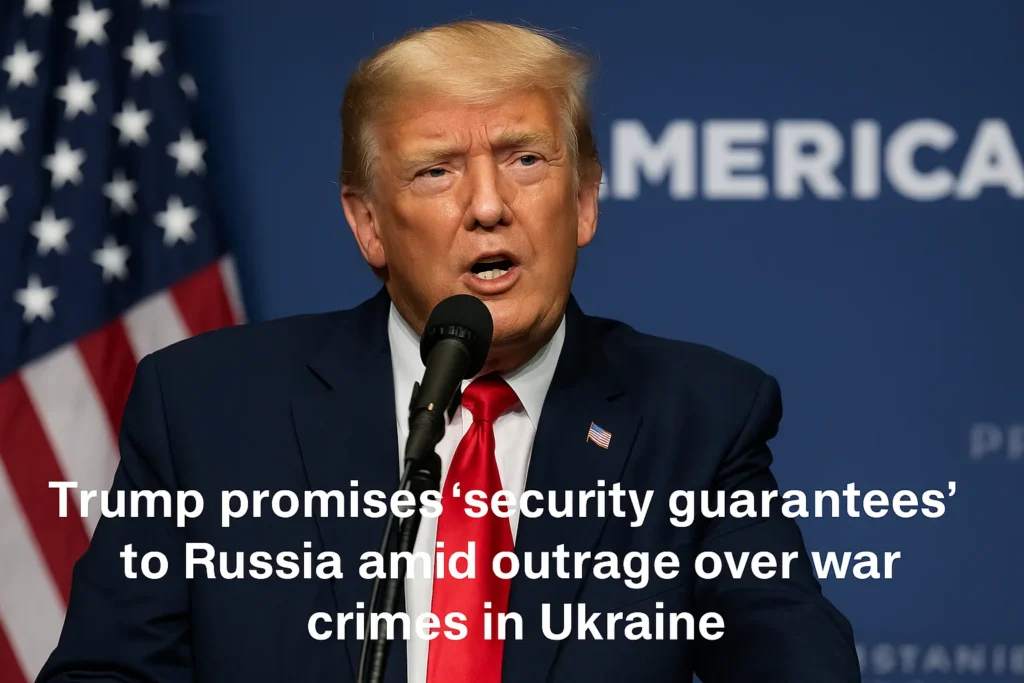The Trump government shutdown is no longer a political rumor—it is a looming reality. With only hours left before the government runs out of money, President Donald Trump and Democratic leaders walked away from a tense meeting with nothing to show but blame. What mainstream outlets paint as a “budget standoff” is in fact something deeper: a deliberate crisis, engineered as a weapon in Washington’s endless power struggle.
Context: The mainstream narrative
The official story sounds familiar. The U.S. government faces closure because the White House and Congress cannot agree on funding. Trump wants money for his flagship projects—border enforcement, defense priorities, and tax protections. Democrats refuse, demanding more resources for healthcare, education, and climate resilience.
Republicans argue Democrats are risking essential services. Democrats counter that the GOP controls both the presidency and enough levers of government to avoid shutdowns, if they chose compromise. According to The New York Times, Republicans believe public anger will eventually force Democrats to bend. Democrats insist that voters will blame Trump and his allies for failing to govern responsibly.
In the mainstream narrative, this is portrayed as an unfortunate “both sides” clash—inevitable in polarized Washington. But that framing obscures the real mechanics at play.
Oppositional Argument: Why the mainstream is wrong
Calling the Trump government shutdown a “stalemate” misses the truth. Shutdowns are not accidents of democracy. They are deliberate acts of political hostage-taking. Trump has embraced them before, and he knows they create chaos that can be spun as toughness.
The mainstream insists both parties should “meet in the middle.” Yet history proves that one side weaponizes shutdowns far more often. Trump and his circle do not see a shutdown as a failure—they see it as leverage. The suffering of ordinary Americans becomes a bargaining chip.
Democrats, burned in past crises, have decided to hold firm. In 2018–2019, when Trump forced a shutdown over border wall funding, polls showed the public overwhelmingly blamed him. That precedent matters. This time, Democrats are betting Trump will overplay his hand again.
The media’s false symmetry—“both sides share the blame”—provides cover for Trump’s brinkmanship. But the reality is clear: no modern democracy should normalize governance by shutdown.
Analytical Breakdown: Causes and consequences
Why did this crisis erupt now? The roots go deeper than this week’s budget deadline.
- Trump’s strategy: The former president thrives on confrontation. He treats negotiation as domination, not compromise. By threatening shutdowns, he positions himself as the strongman defending “the people” against “elite Democrats,” even as federal workers lose paychecks.
- Democrats’ calculation: After years of ceding ground, Democratic leaders see refusing to yield as a test of credibility. Their base demands resistance to Trump’s agenda.
- Republican fractures: While Trump still commands the GOP, establishment Republicans quietly fear the long-term damage of shutdowns. Yet few dare to break ranks.
The consequences extend far beyond Capitol Hill:
- Economic disruption: Every shutdown halts federal data releases, delays permits, and freezes contracts. Investors lose transparency, and markets grow jittery. The 2019 shutdown cost an estimated $11 billion, according to the Congressional Budget Office.
- Worker hardship: Hundreds of thousands of federal employees face furloughs or unpaid work. Families struggle to pay rent, buy groceries, or keep healthcare coverage.
- Global perception: Allies and rivals alike see a superpower unable to keep its government open. The image of dysfunction weakens U.S. influence abroad.
At its core, the Trump government shutdown exposes how American governance has become a spectacle of self-inflicted wounds.
Human Perspective: Lives on hold
For Washington insiders, a shutdown is another round in an endless partisan war. For ordinary Americans, it is survival.
Federal workers—airport screeners, park rangers, medical researchers—suddenly face uncertainty. A veteran employee at the Department of Agriculture, speaking under anonymity, admitted: “We’re pawns. Every few years, we’re used as leverage. But bills don’t stop.”
Small businesses that rely on federal contracts freeze operations. Families waiting on housing aid or food stamps fear delays. Tourists find national parks shuttered. Travelers endure longer airport lines as unpaid staff call in sick.
For millions, the Trump government shutdown is not a headline. It is lost income, delayed medical studies, and postponed justice in federal courts.
Counterarguments
Defenders of Trump argue shutdowns are short-lived and sometimes necessary to force spending discipline. They claim Democrats could easily avoid crisis by compromising. But this argument ignores the recurring damage: eroded trust in government, broken morale among civil servants, and billions in lost productivity.
Others say markets shrug off short shutdowns. Yet financial stability depends on predictability. Repeated crises feed uncertainty, undermining global confidence in America’s fiscal management. Even temporary disruption tells the world the U.S. cannot govern itself without spectacle.
Conclusion: A democracy held hostage
The Trump government shutdown symbolizes more than budget dysfunction. It represents a democracy held hostage by leaders who prize optics over governance. Trump frames shutdowns as battles for principle, but in truth they are performances for power.
Democrats’ refusal to bend may be politically smart, but for the public, the outcome remains grim. Paychecks will stop. Services will freeze. Confidence will erode.
Until America ends the cycle of ruling by brinkmanship, shutdowns will remain Washington’s favorite weapon. And this time, the ringmaster stands proudly at the center, insisting the chaos proves his strength. The rest of the country pays the price.
External Links
49 views






